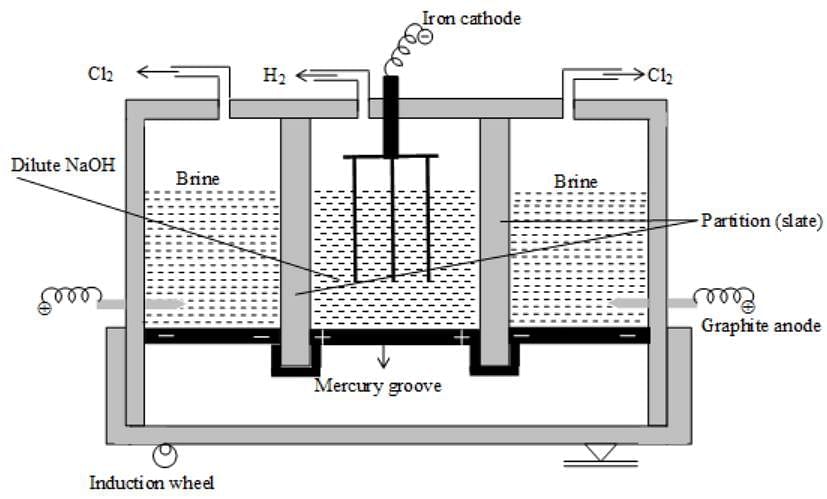Test: Important Compounds of s-Block (Old NCERT) - JEE MCQ
Test Description
10 Questions MCQ Test - Test: Important Compounds of s-Block (Old NCERT)
Test: Important Compounds of s-Block (Old NCERT) for JEE 2025 is part of JEE preparation. The Test: Important Compounds of s-Block (Old NCERT) questions and answers have been prepared
according to the JEE exam syllabus.The Test: Important Compounds of s-Block (Old NCERT) MCQs are made for JEE 2025 Exam.
Find important definitions, questions, notes, meanings, examples, exercises, MCQs and online tests for Test: Important Compounds of s-Block (Old NCERT) below.
Solutions of Test: Important Compounds of s-Block (Old NCERT) questions in English are available as part of our course for JEE & Test: Important Compounds of s-Block (Old NCERT) solutions in
Hindi for JEE course.
Download more important topics, notes, lectures and mock test series for JEE Exam by signing up for free. Attempt Test: Important Compounds of s-Block (Old NCERT) | 10 questions in 15 minutes | Mock test for JEE preparation | Free important questions MCQ to study for JEE Exam | Download free PDF with solutions
Detailed Solution for Test: Important Compounds of s-Block (Old NCERT) - Question 1
Test: Important Compounds of s-Block (Old NCERT) - Question 2
Heating limestone at a temperature of 1070 K we get:
Detailed Solution for Test: Important Compounds of s-Block (Old NCERT) - Question 2
Test: Important Compounds of s-Block (Old NCERT) - Question 3
Aqueous solution of which of the following compounds is used to detect carbon dioxide:
Detailed Solution for Test: Important Compounds of s-Block (Old NCERT) - Question 3
Test: Important Compounds of s-Block (Old NCERT) - Question 4
Passing carbon dioxide through slaked lime gives:
Detailed Solution for Test: Important Compounds of s-Block (Old NCERT) - Question 4
Detailed Solution for Test: Important Compounds of s-Block (Old NCERT) - Question 5
Test: Important Compounds of s-Block (Old NCERT) - Question 6
In Castner Kellner cell, electrolyte used is:
Detailed Solution for Test: Important Compounds of s-Block (Old NCERT) - Question 6
Test: Important Compounds of s-Block (Old NCERT) - Question 7
Milk of lime reacts with chlorine to produce:
Detailed Solution for Test: Important Compounds of s-Block (Old NCERT) - Question 7
Detailed Solution for Test: Important Compounds of s-Block (Old NCERT) - Question 8
Test: Important Compounds of s-Block (Old NCERT) - Question 9
Pure NaCl is obtained by the process of:
Detailed Solution for Test: Important Compounds of s-Block (Old NCERT) - Question 9
Test: Important Compounds of s-Block (Old NCERT) - Question 10
The formula of bleaching powder is:
Detailed Solution for Test: Important Compounds of s-Block (Old NCERT) - Question 10
Information about Test: Important Compounds of s-Block (Old NCERT) Page
In this test you can find the Exam questions for Test: Important Compounds of s-Block (Old NCERT) solved & explained in the simplest way possible.
Besides giving Questions and answers for Test: Important Compounds of s-Block (Old NCERT), EduRev gives you an ample number of Online tests for practice
Download as PDF




















